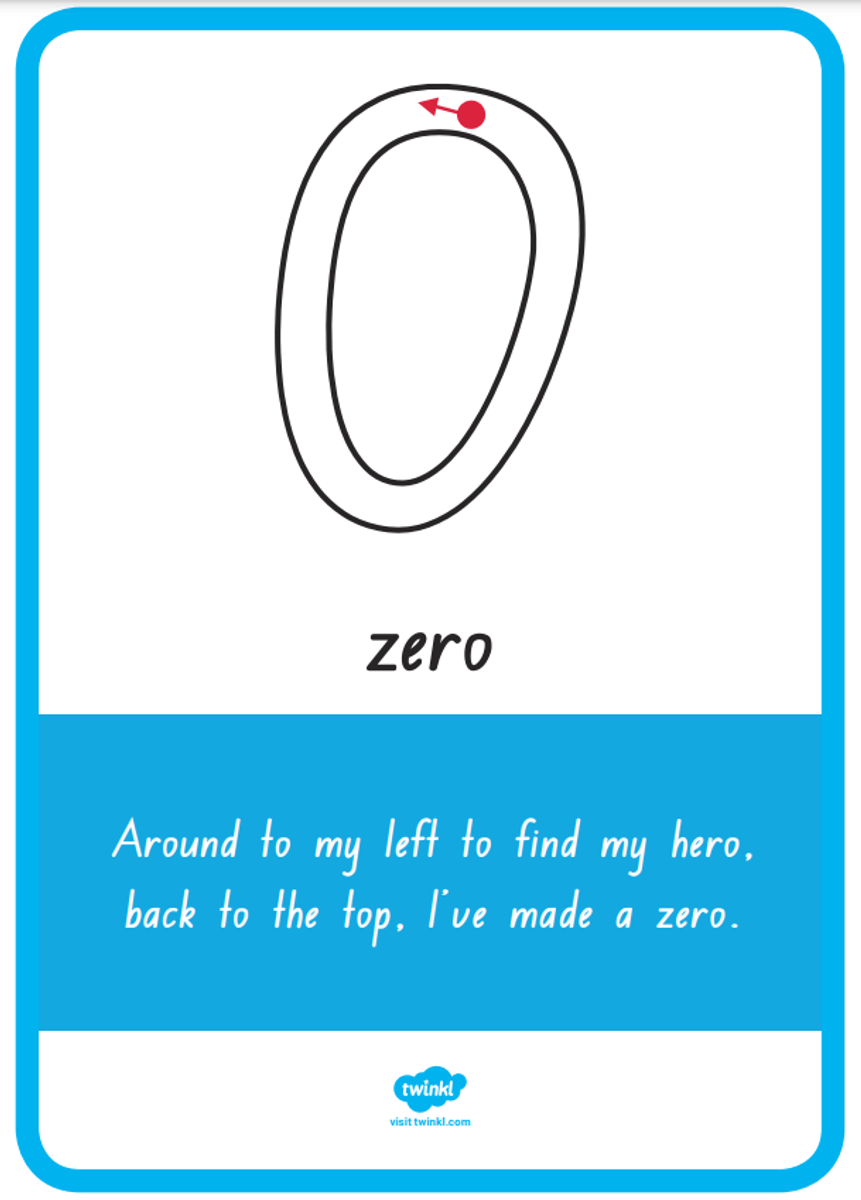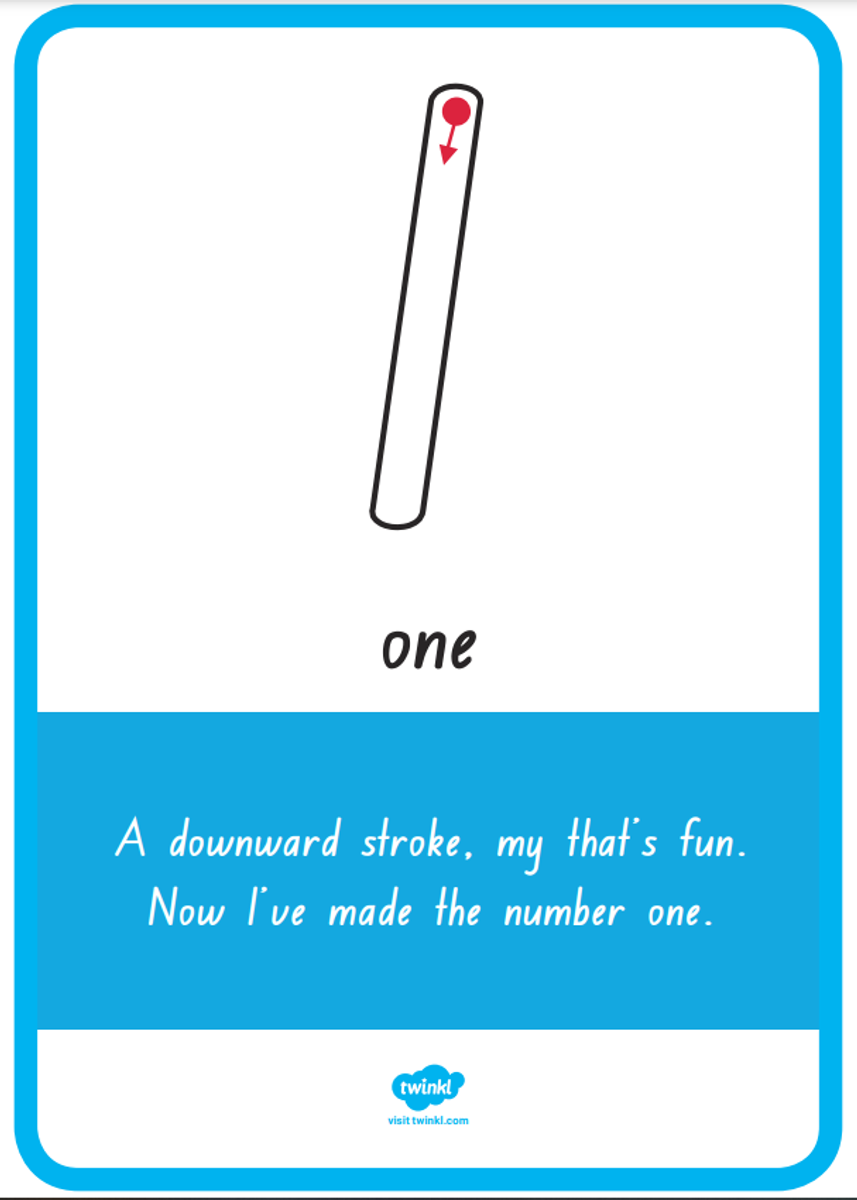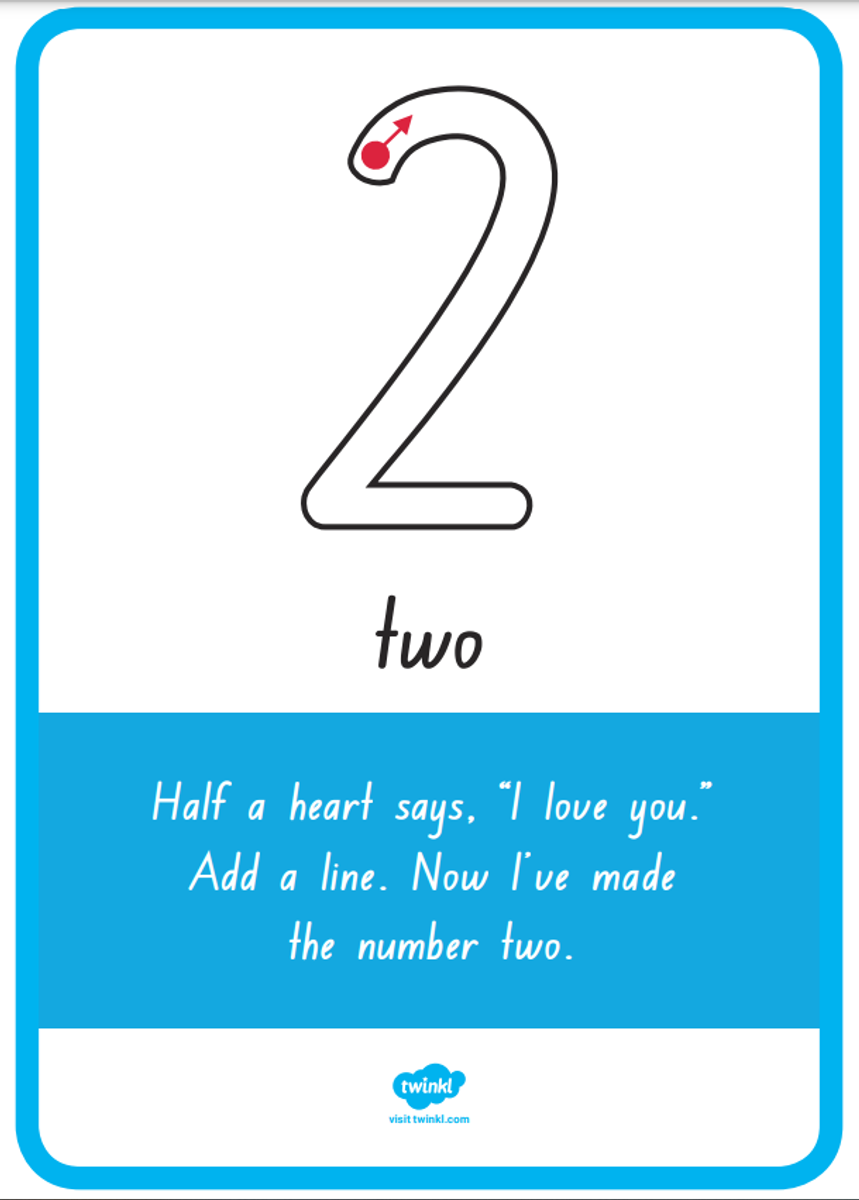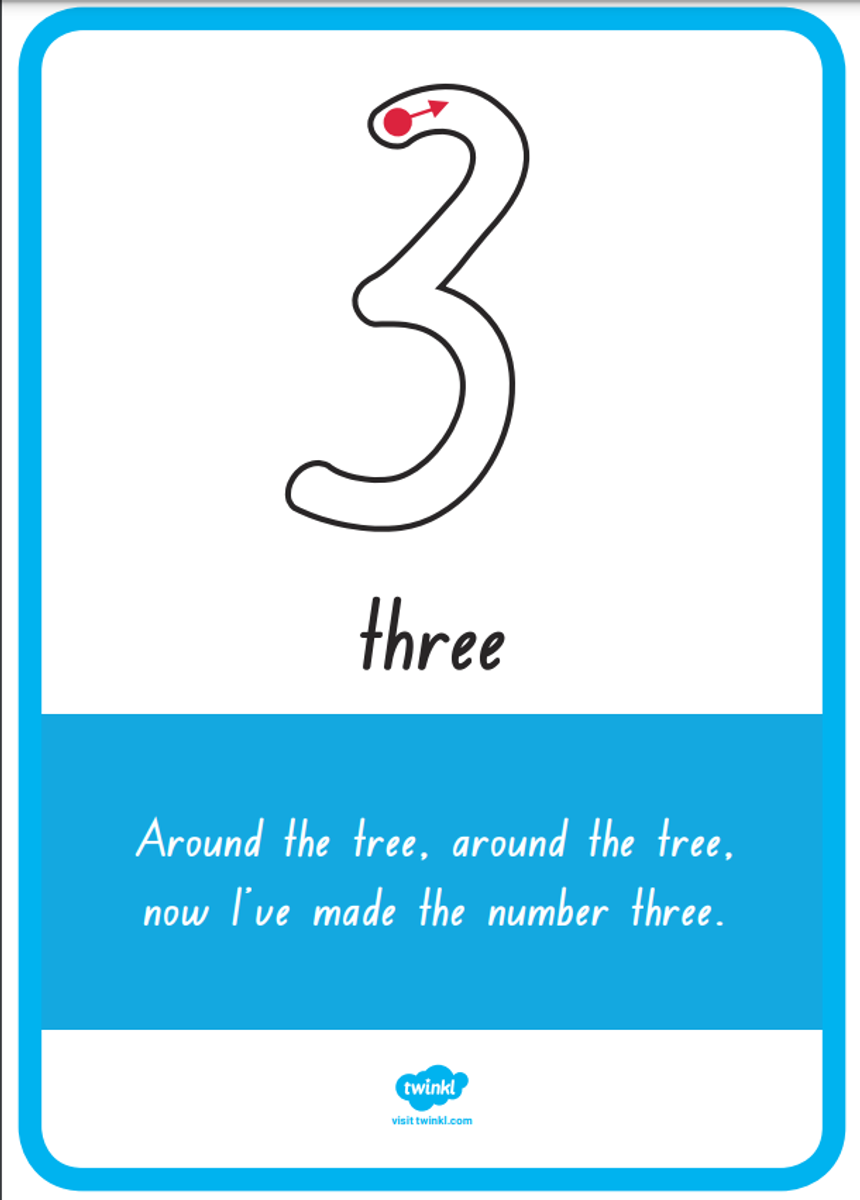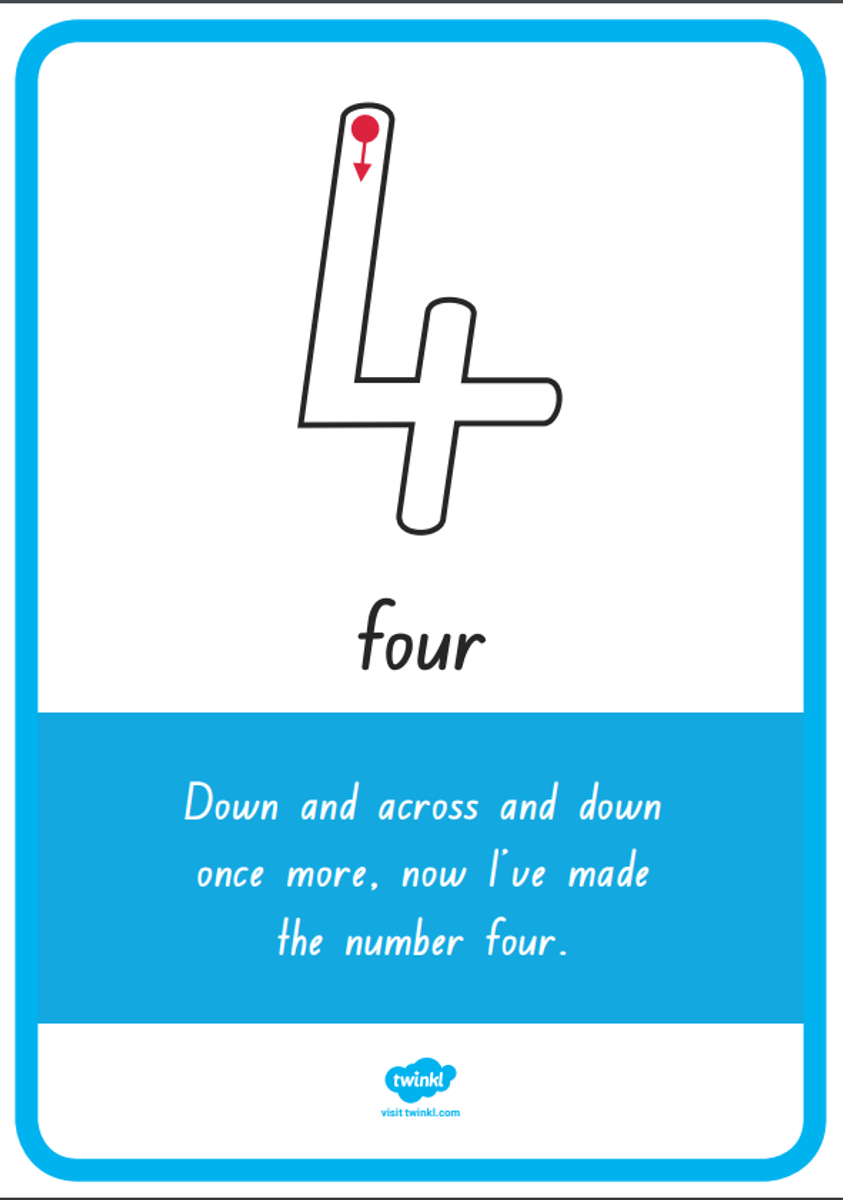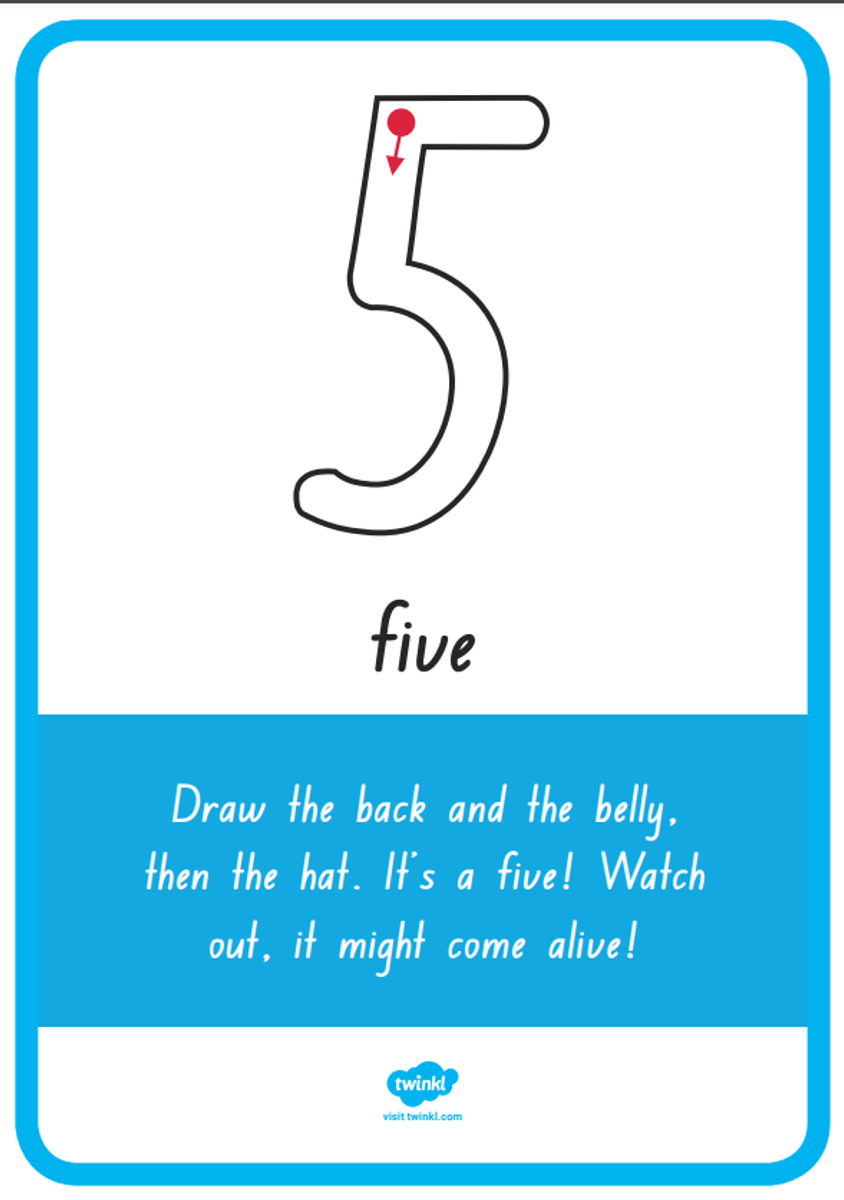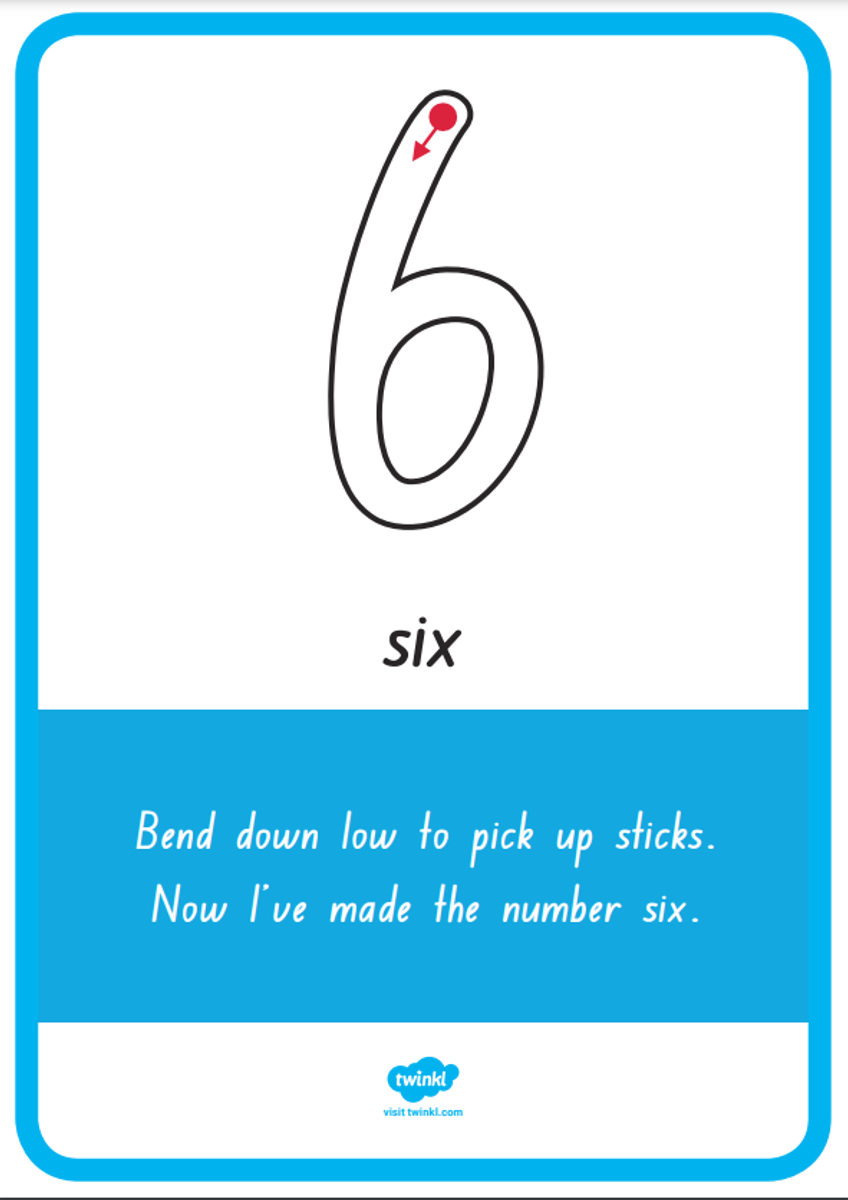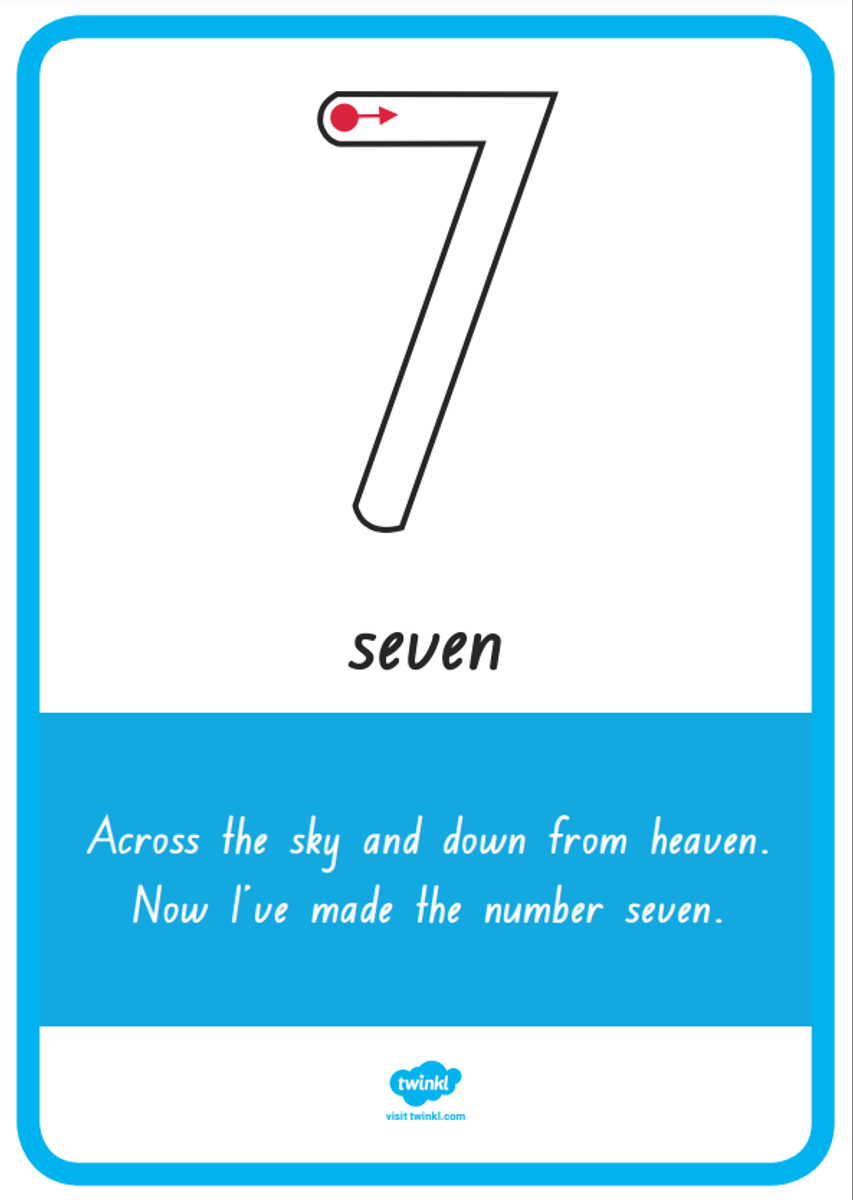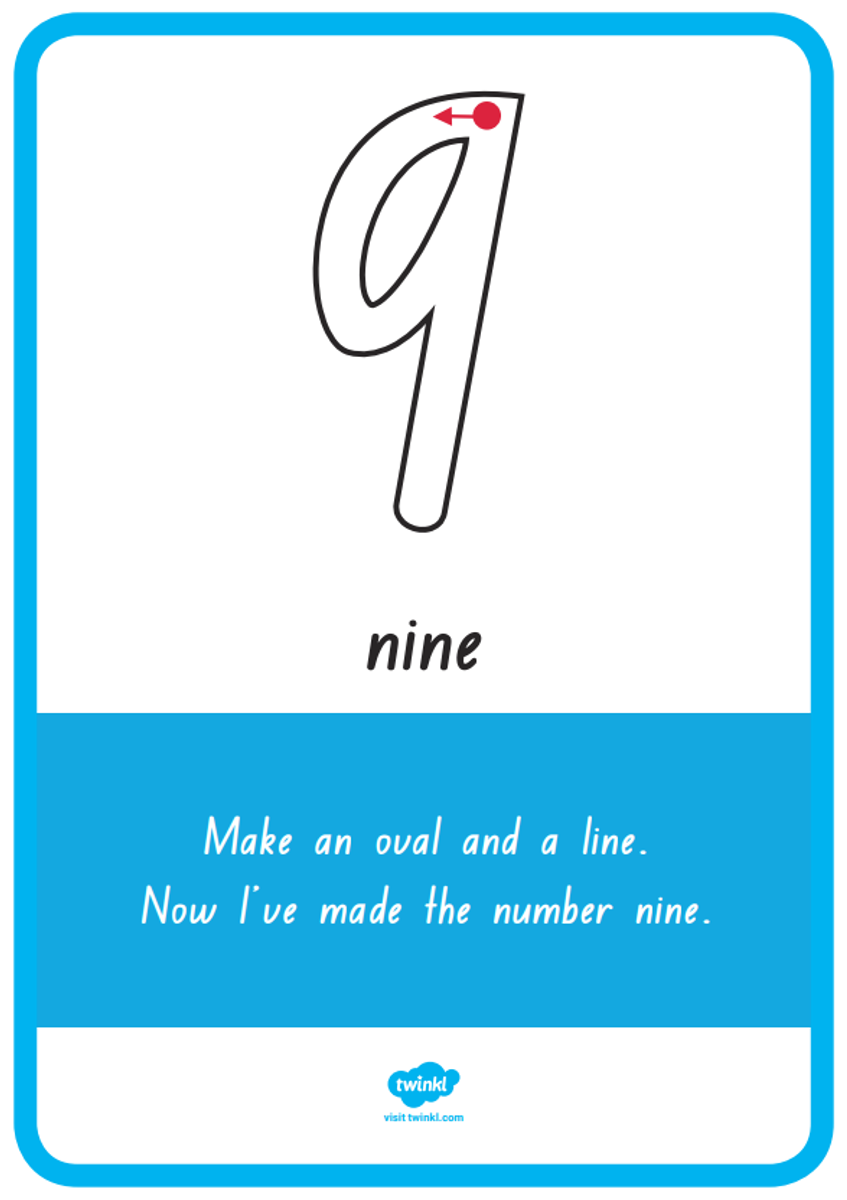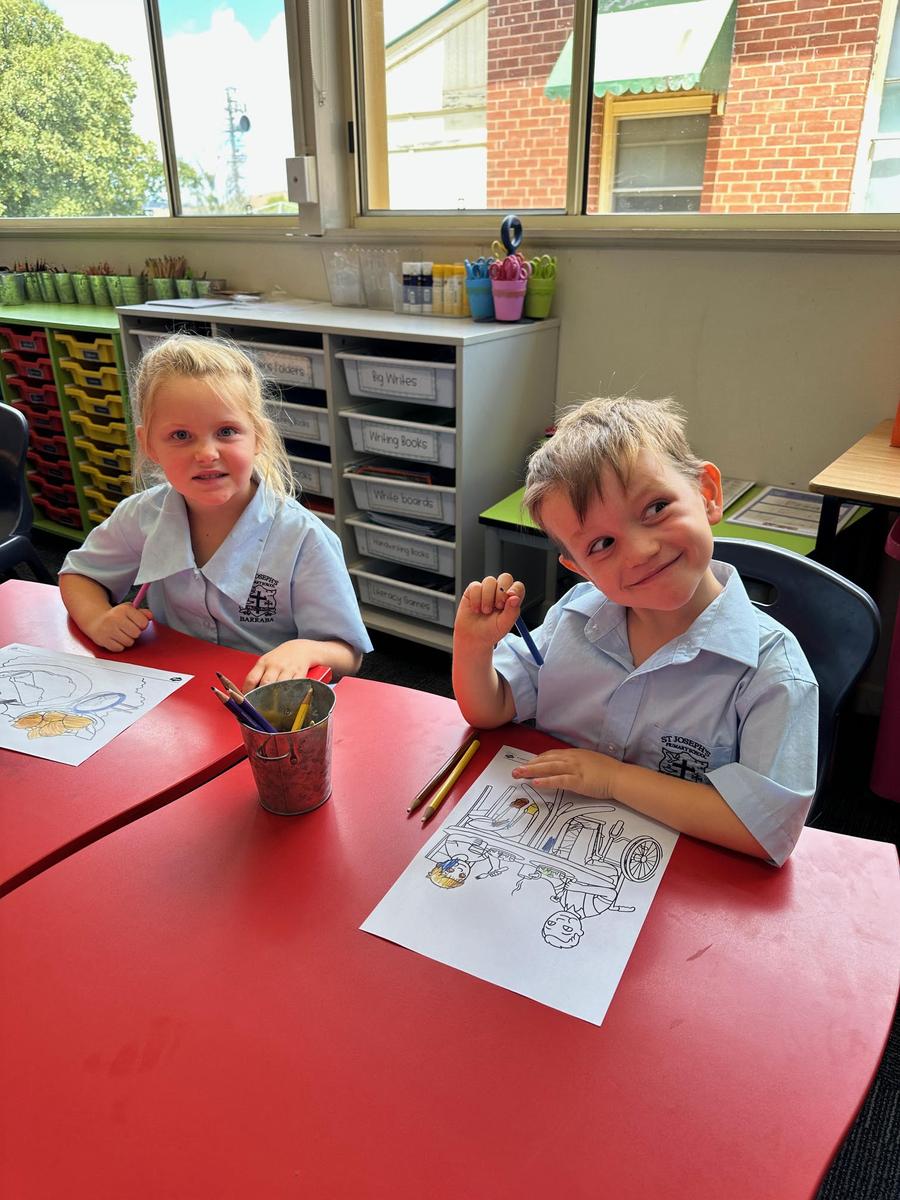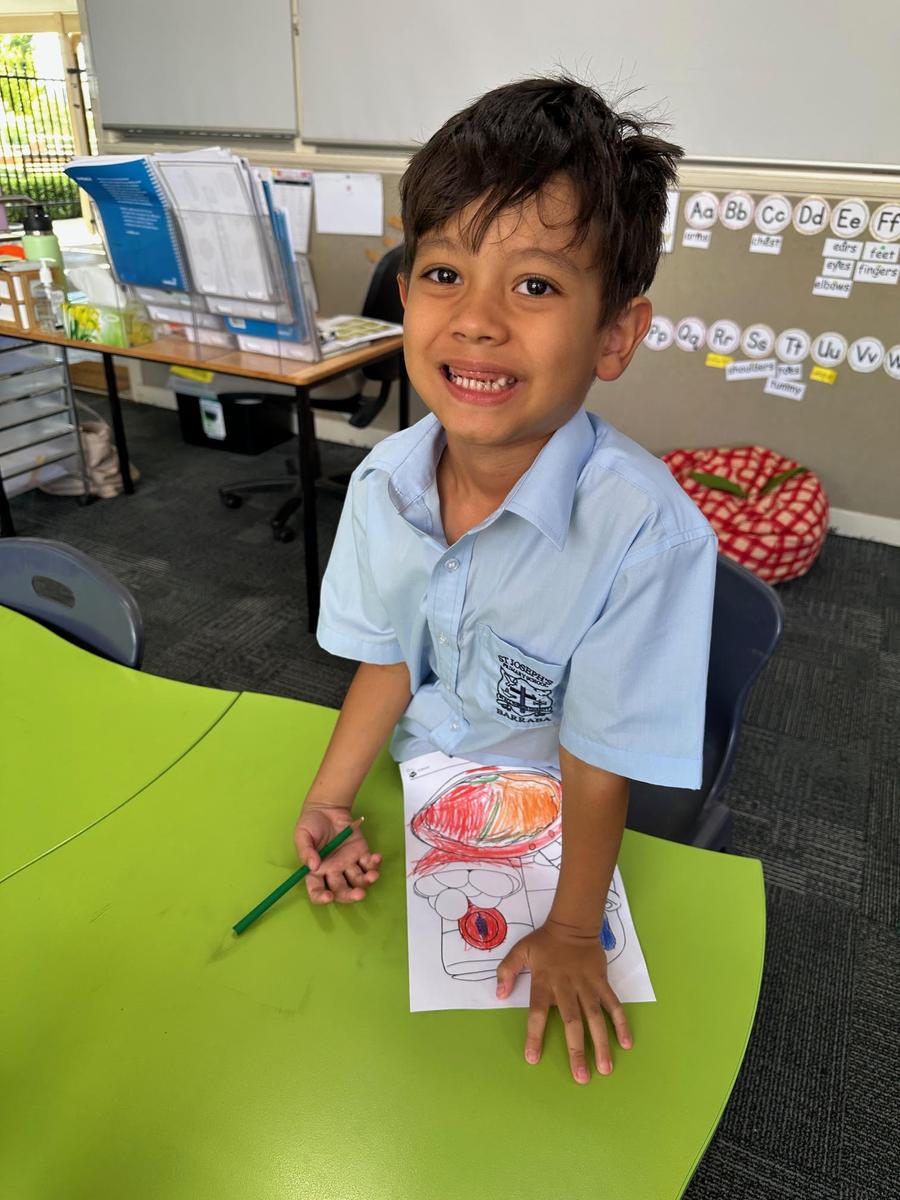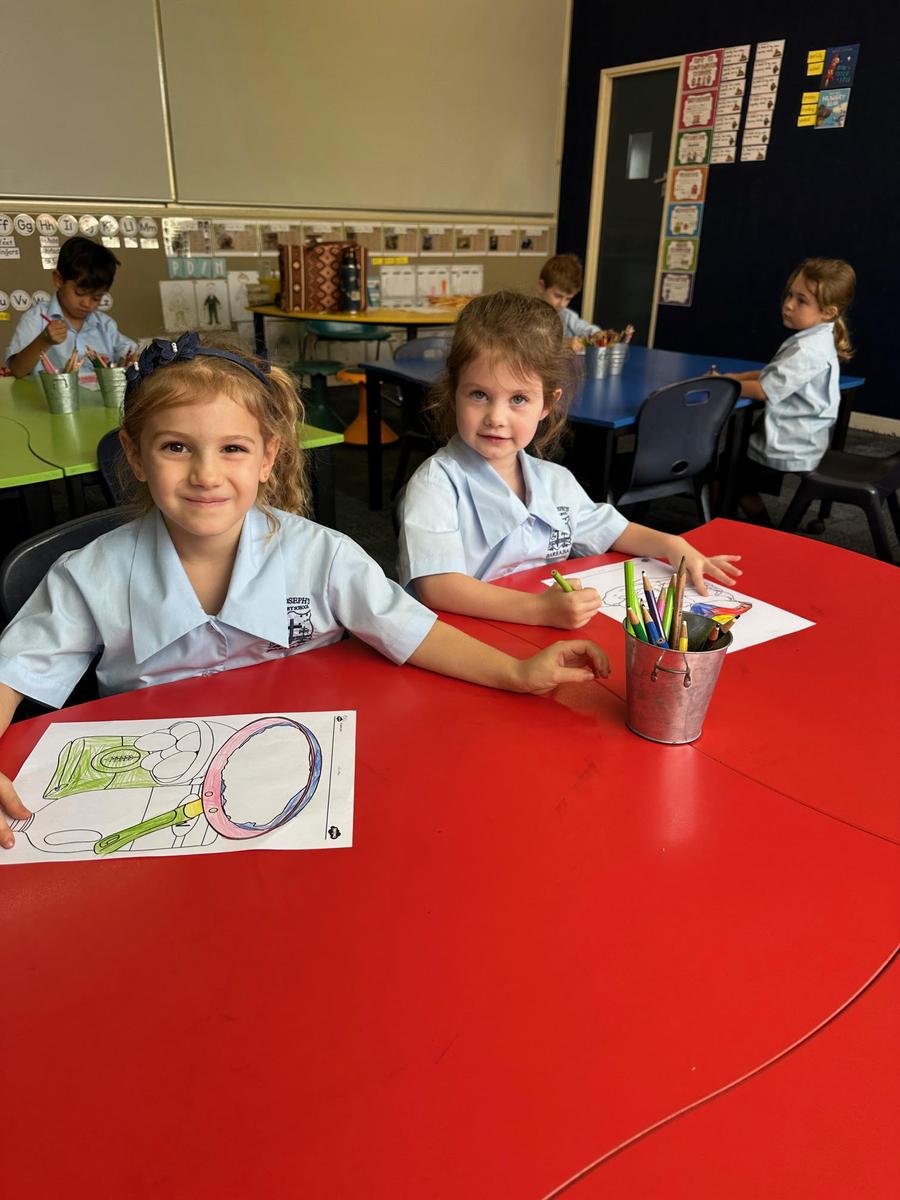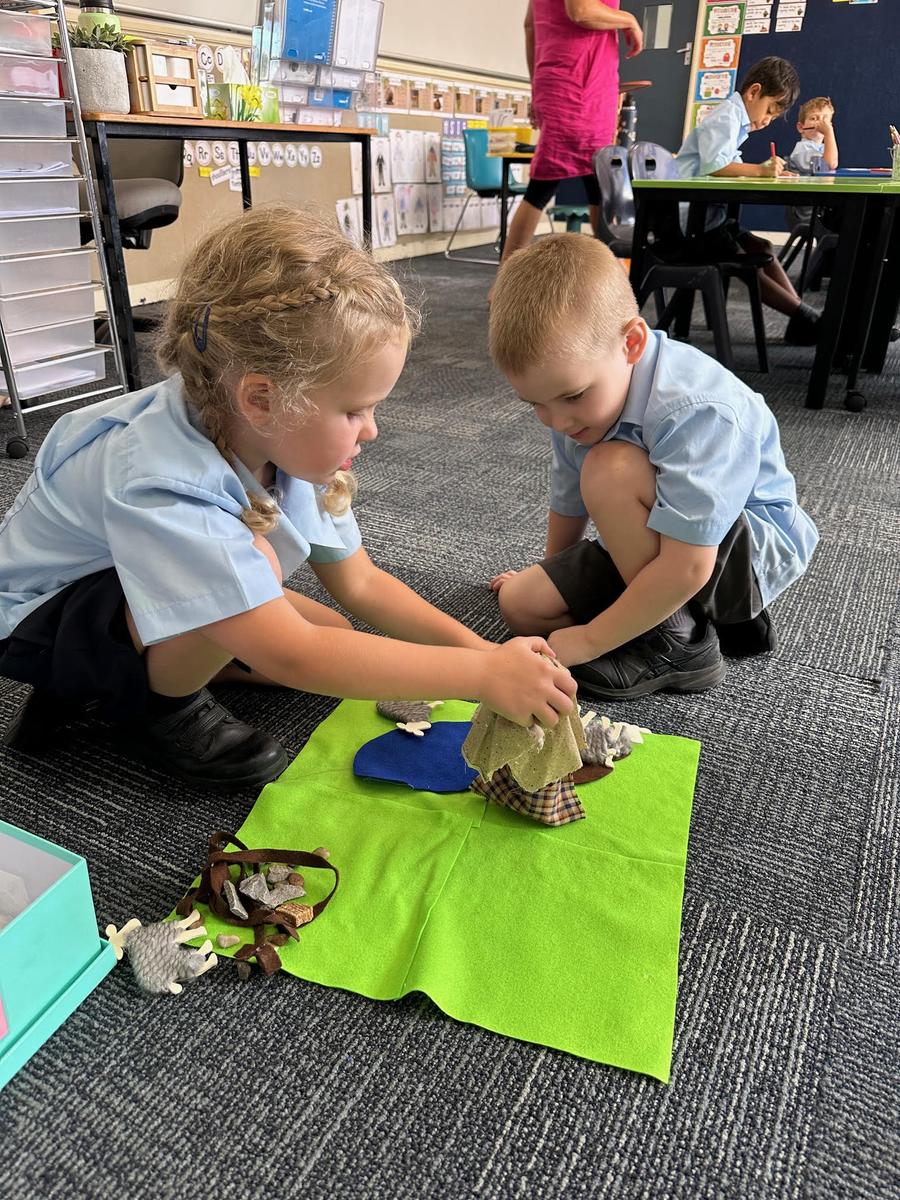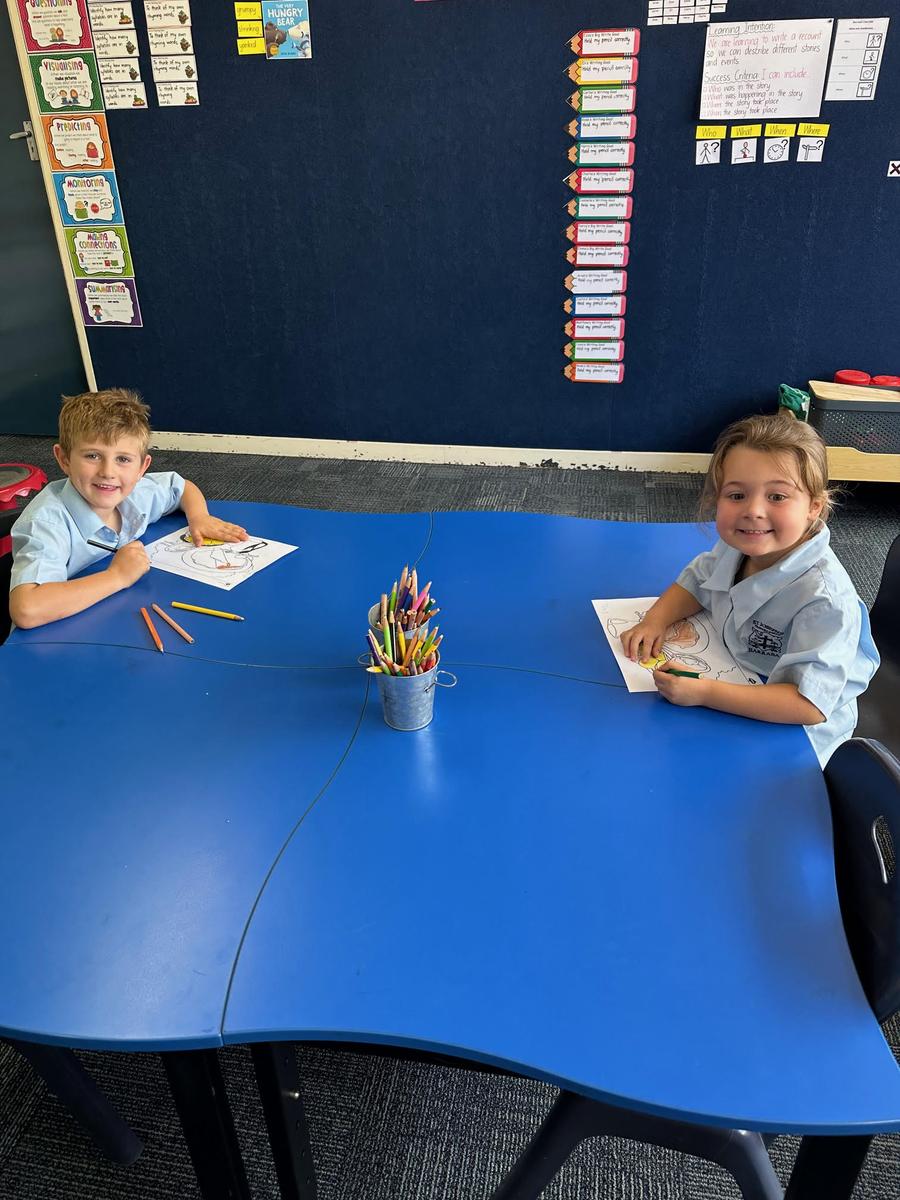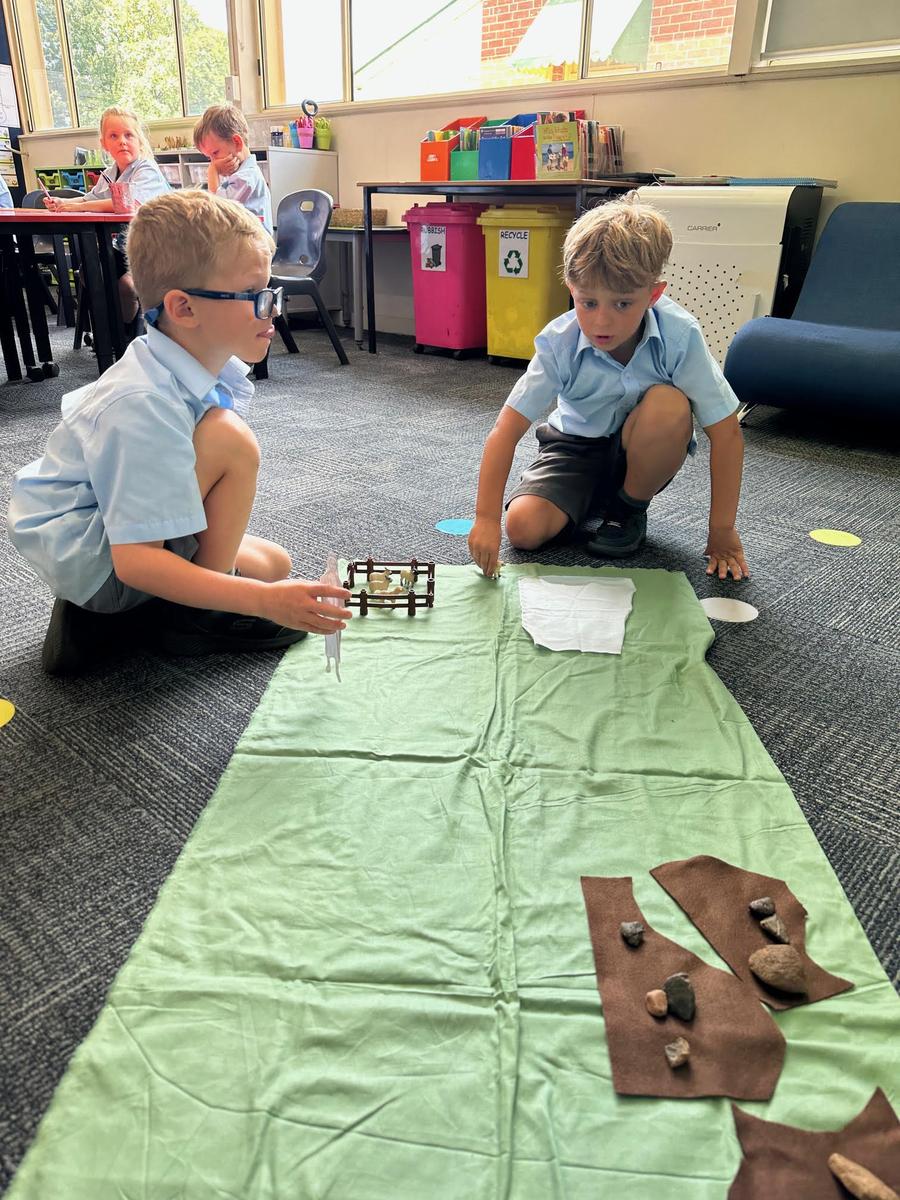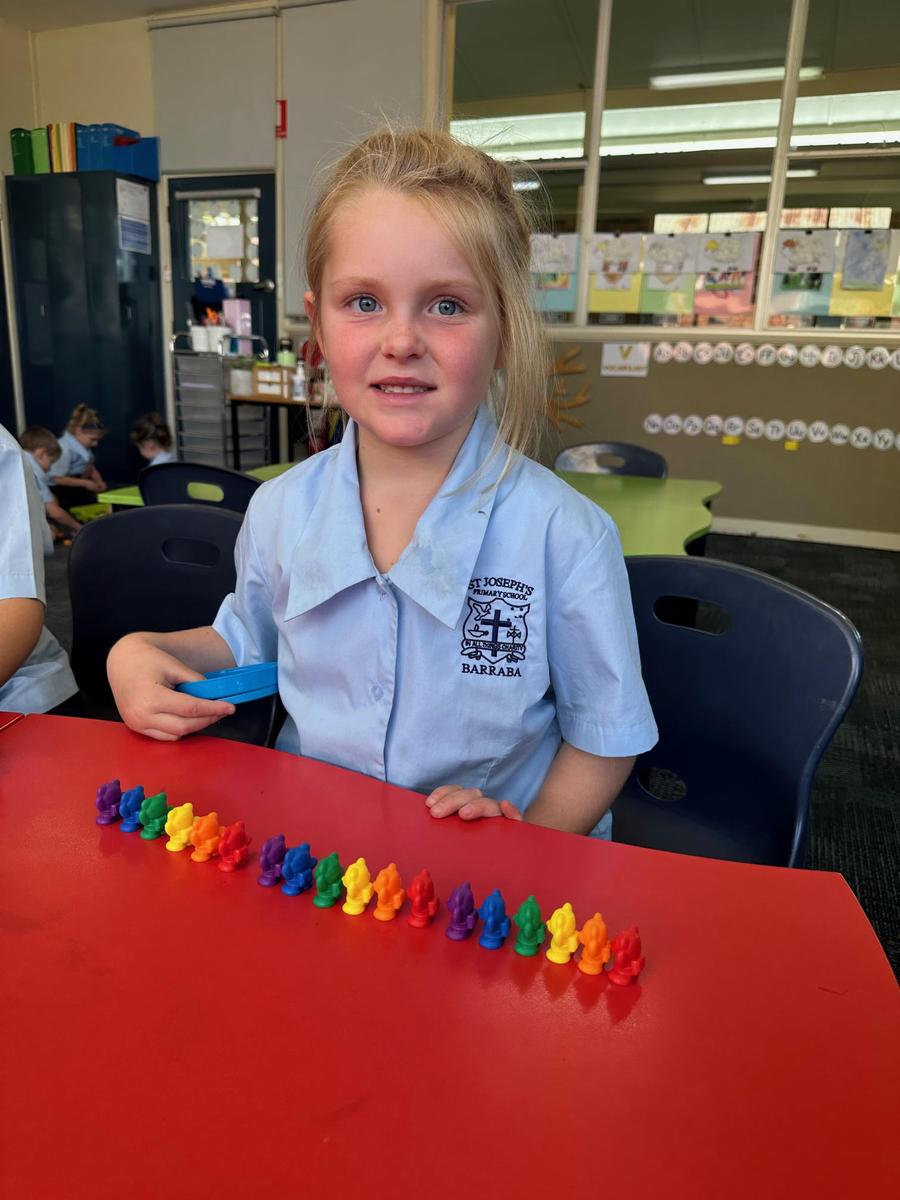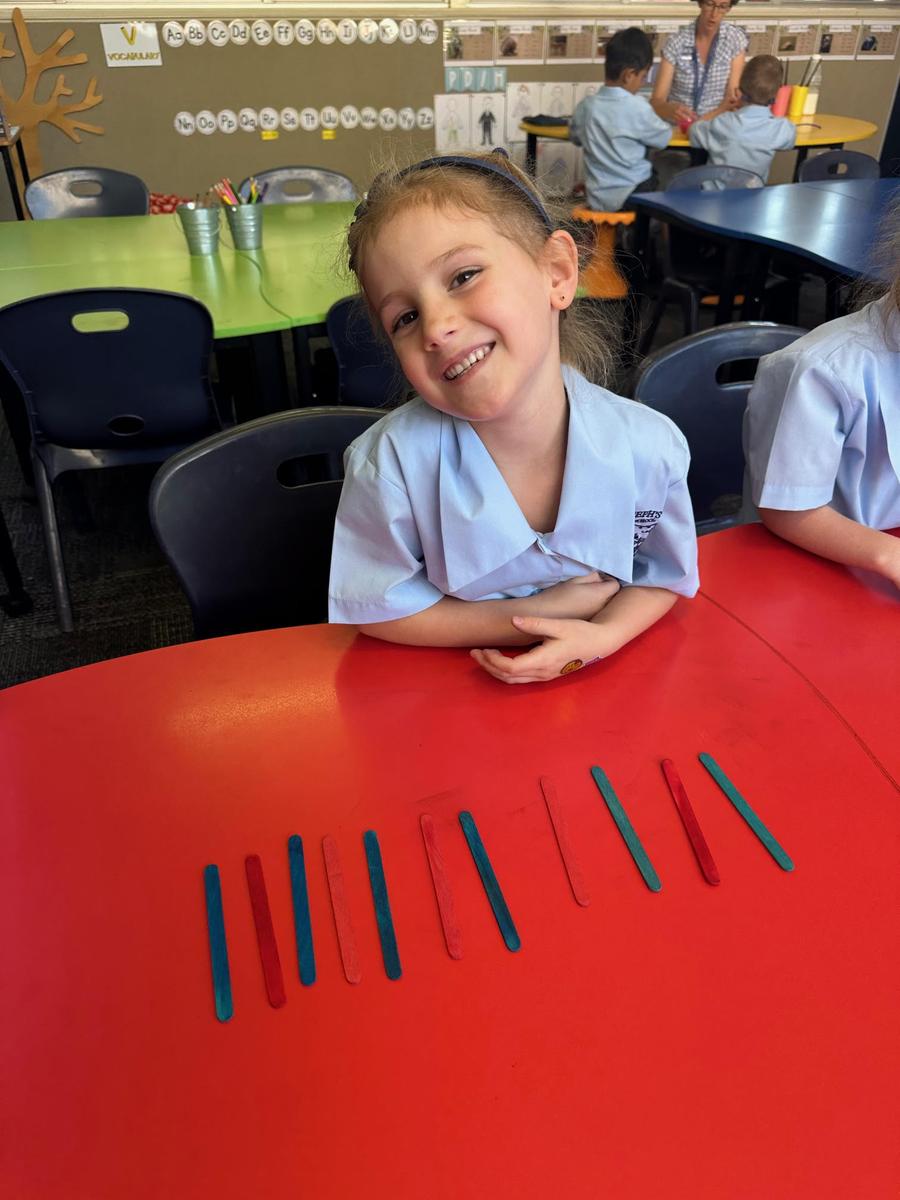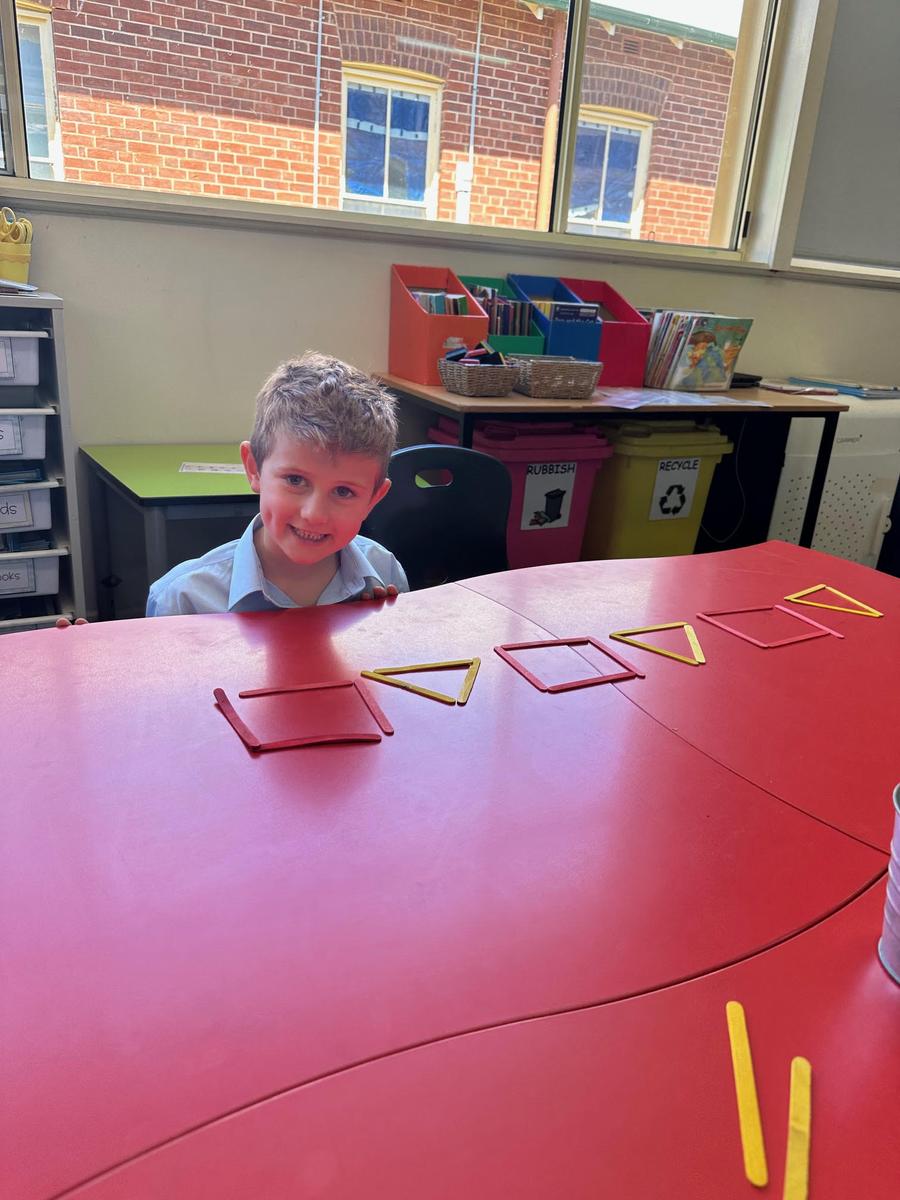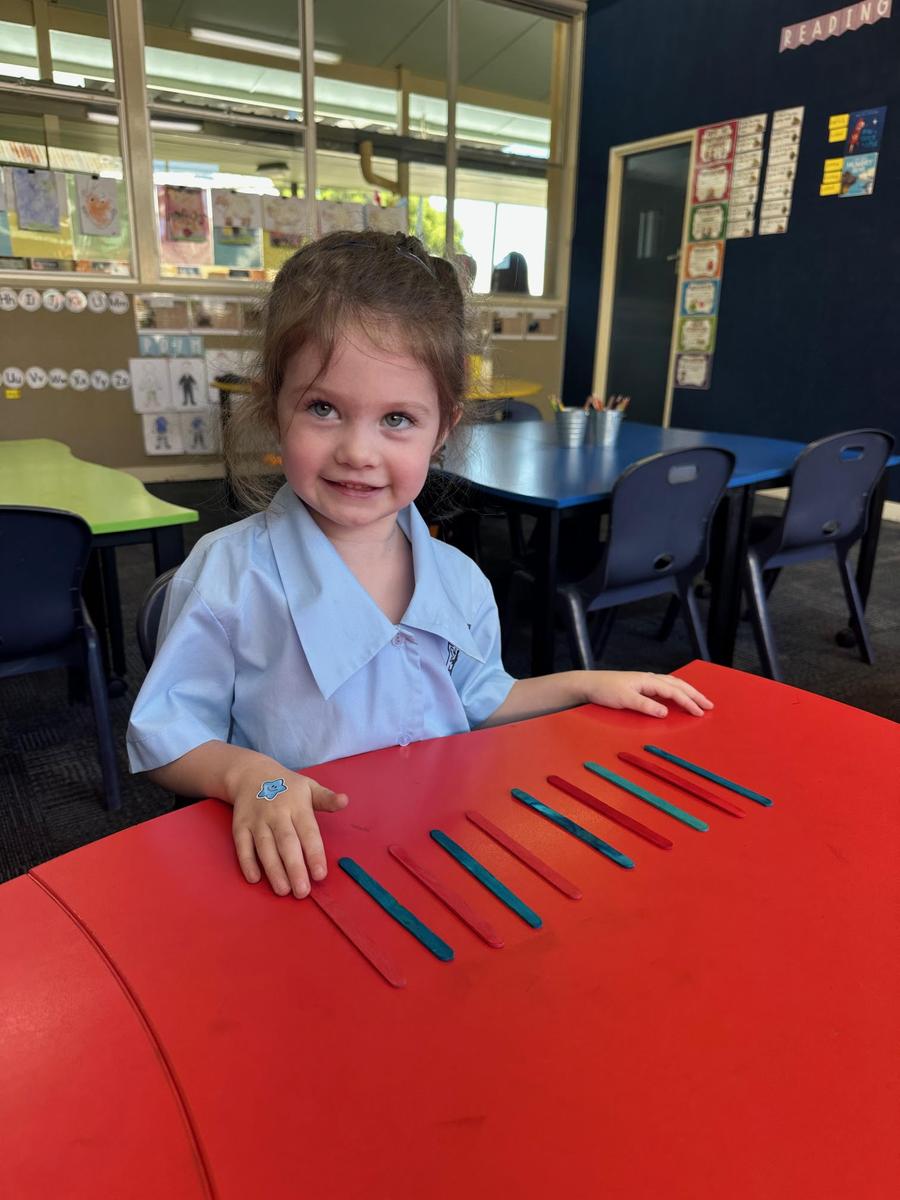Learning News Kindergarten
Miss Sophie Goodman

Learning News Kindergarten
Miss Sophie Goodman
Please encourage your child to continue to practise writing their name and writing numbers at home with the correct formation!
Fine Motor Activities for home |
Playdough Creations Materials: Playdough Activity: Roll, squish, and shape the dough. They can make animals, letters, or simple shapes. |
Paper Tearing and Cutting Materials: Paper, scissors Activity: Tear pieces of paper or cut along lines. |
Bead Stringing Materials: String or yarn and small beads Activity: Thread beads onto a string to make necklaces or bracelets. |
Button Sorting Materials: A variety of buttons (or coins) Activity: Sort buttons by colour, size, or shape. |
Building with Small Blocks Materials: Legos or any small blocks Activity: Build structures, which helps with hand strength, precision, and focus. |
Tweezers or Tongs Transfer Materials: Tweezers, small objects (pom-poms, cotton balls, or buttons) Activity: Use tweezers or tongs to pick up and transfer small items into a bowl. |
Drawing and Colouring Materials: Paper, crayons, markers, or colored pencils Activity: Draw shapes, letters, or pictures. |
Sticker or Stamp Art Materials: Stickers or stamps Activity: Place stickers on a sheet of paper or stamp patterns. |
Pinching and Squeezing Materials: Playdough, sponges, or soft balls Activity: Pinch and squeeze soft items. |
Initial Lit
We have officially started learning sounds in Initial Lit. Please have discussions with your child about the letters m, s, t, a and p and what sounds they make (these will be our first five sounds). Here are some fun activities you can do at home!
Sound Scavenger Hunt
I Spy with Initial Sounds
Playdough Letter Making
Letter Sound Storytime
Here's a great resource to help with letter formation on our first five sounds!
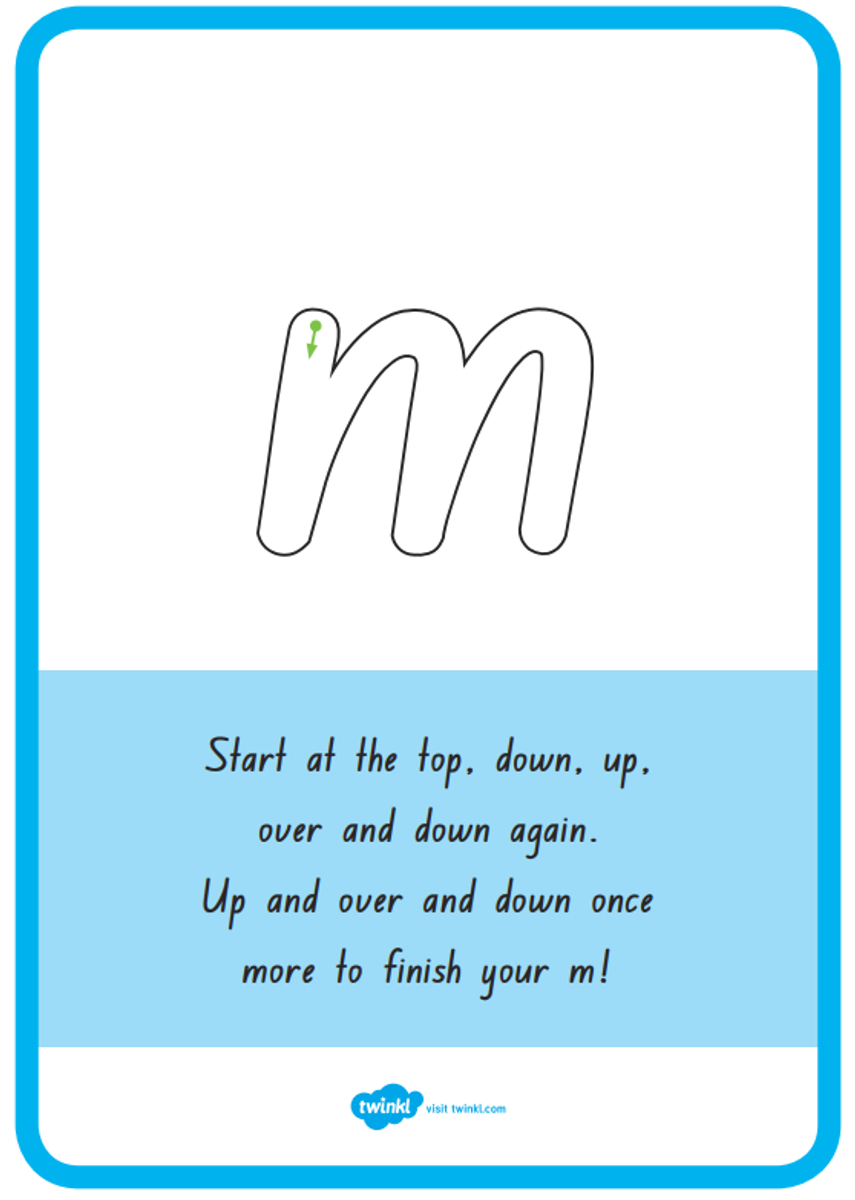
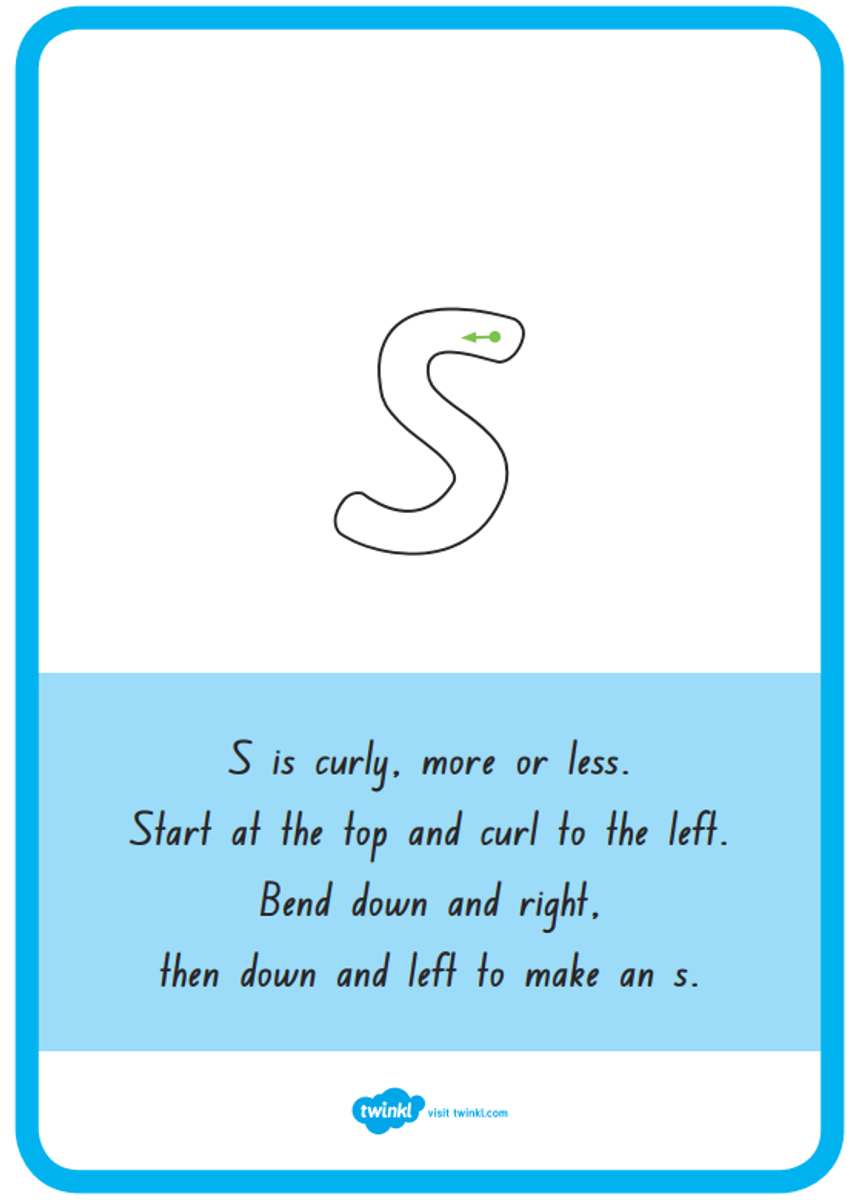

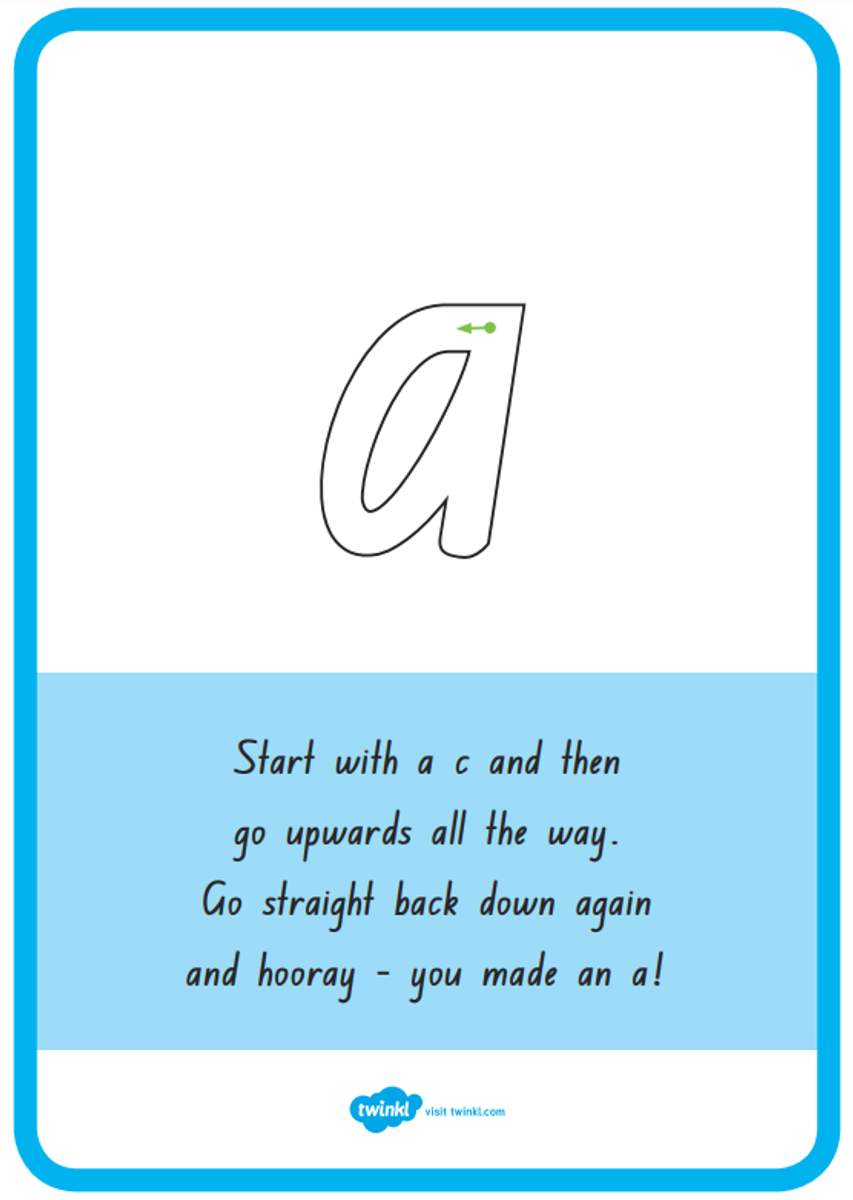
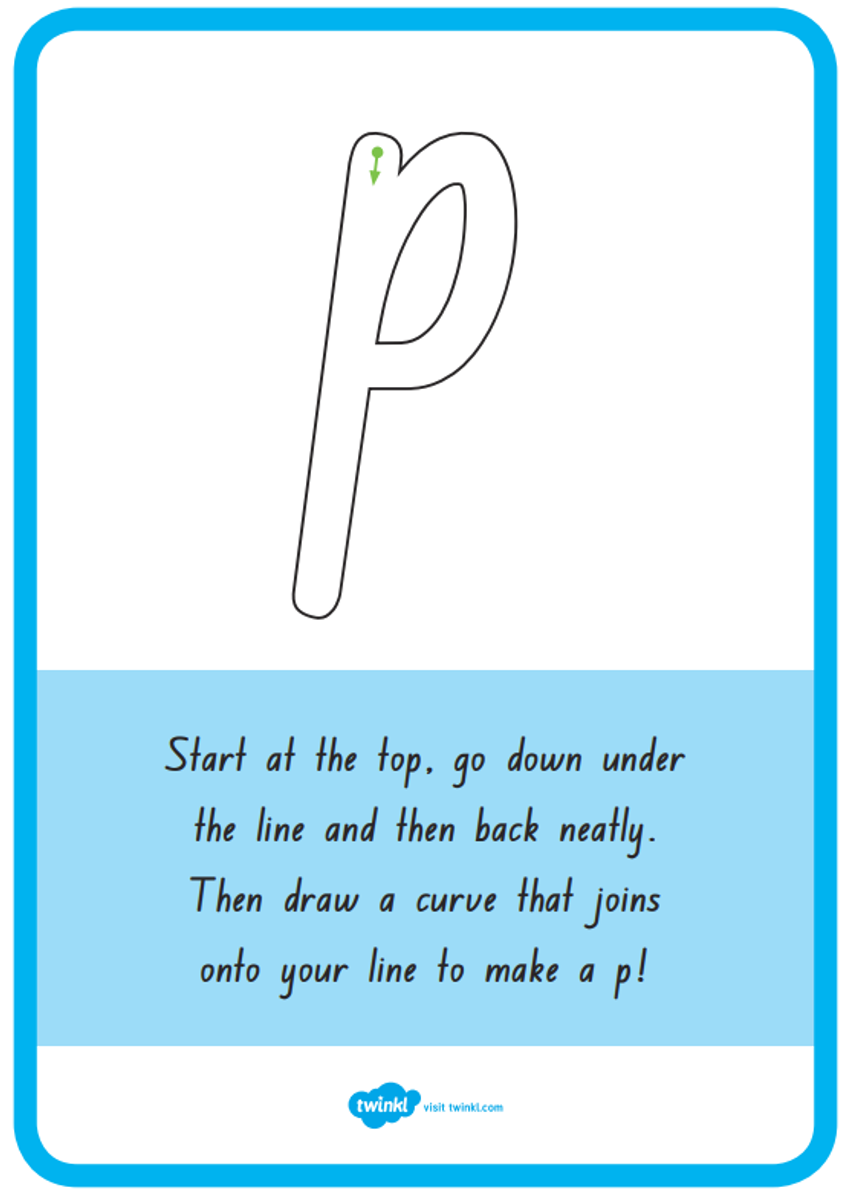





Writing
Here are some of our amazing recounts from this week!
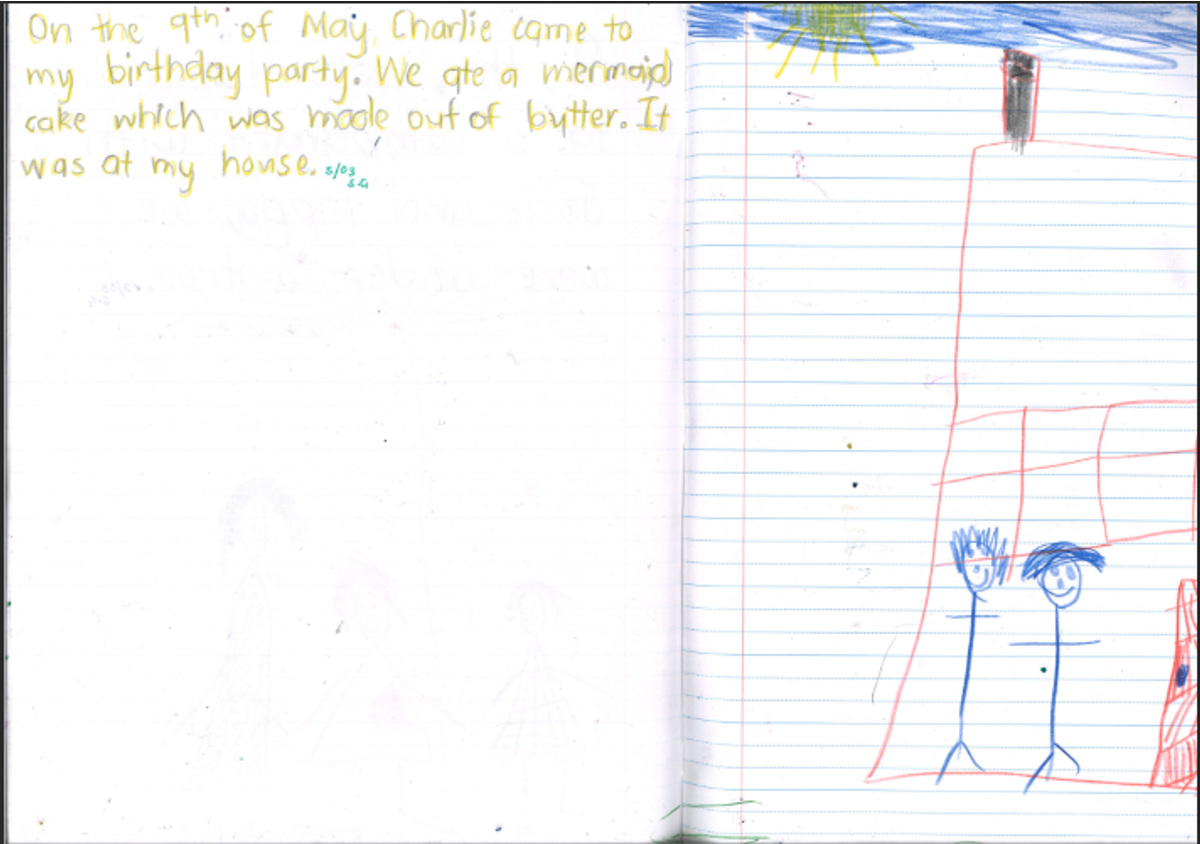
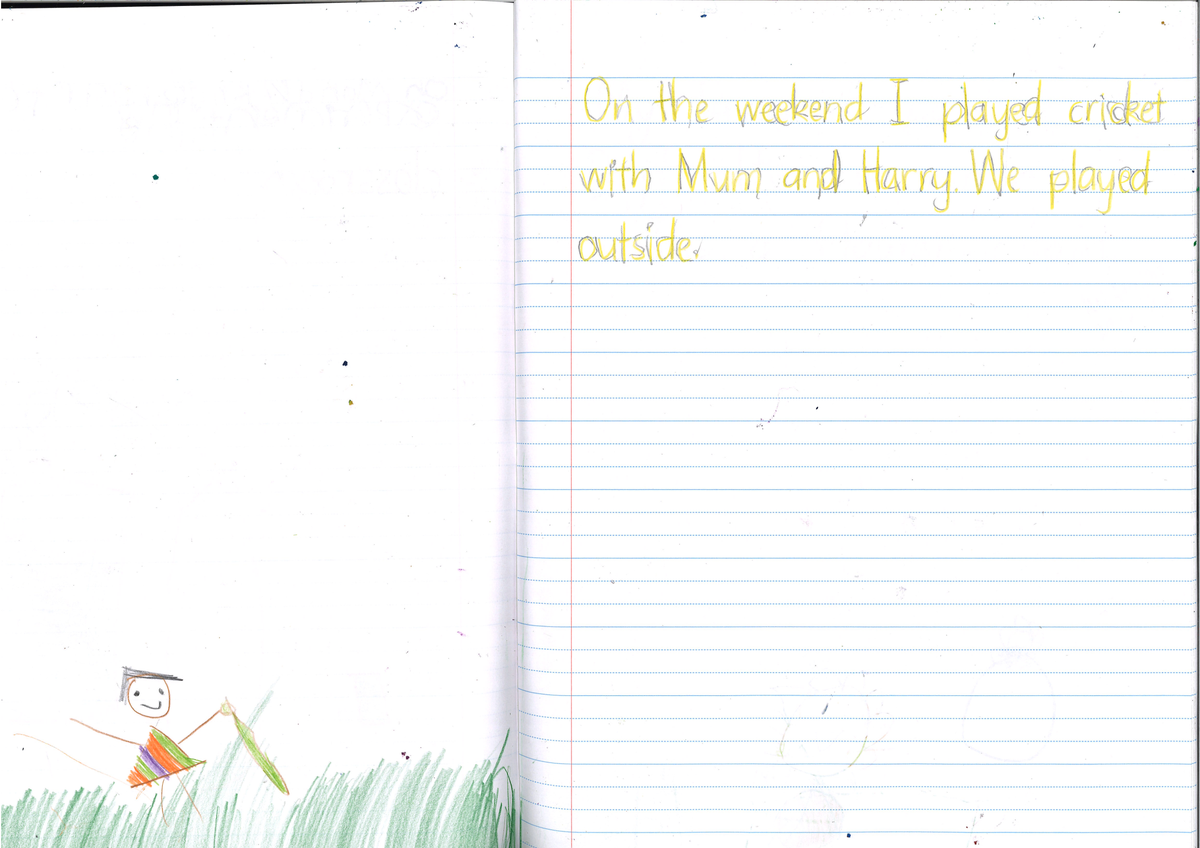
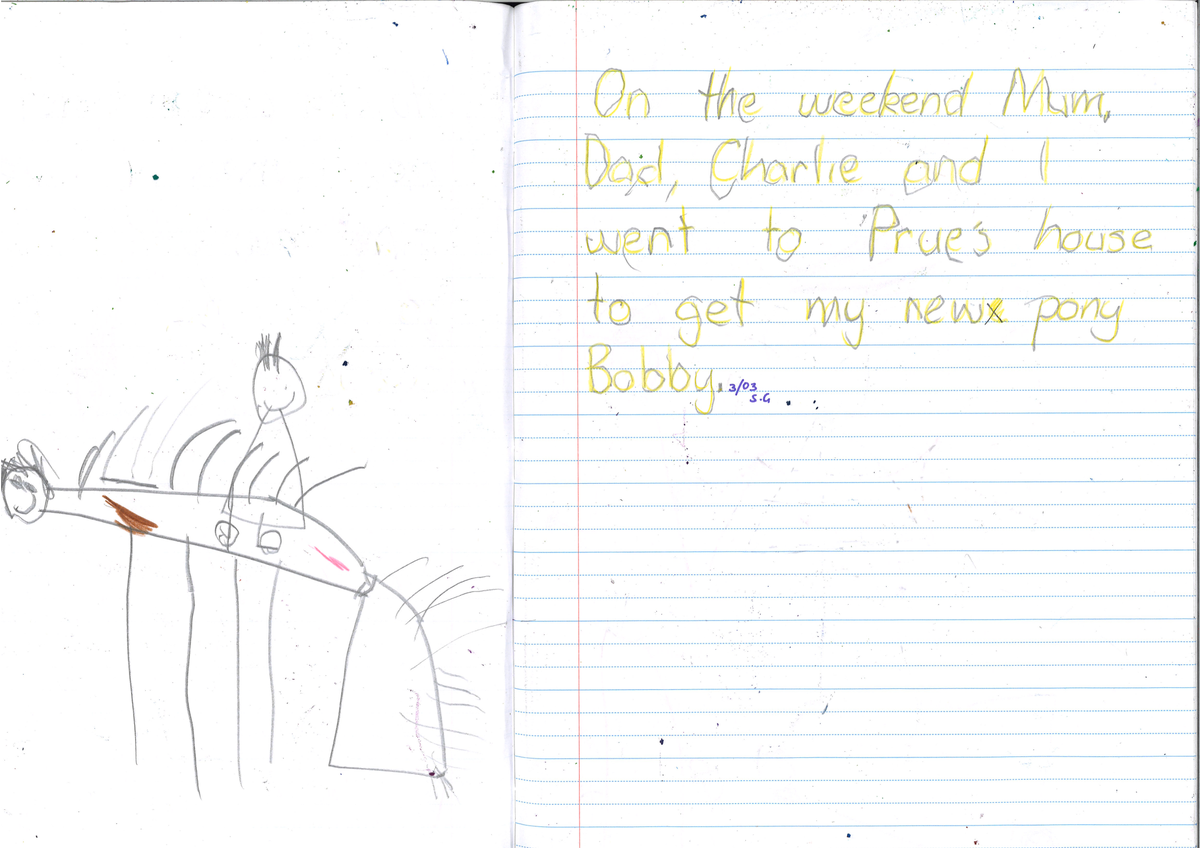



Maths
For the next two weeks, we will be learning to read numerals and represents whole numbers to at least 20. Here are a few things to do at home!
Here is a great resource to help with number formation!
